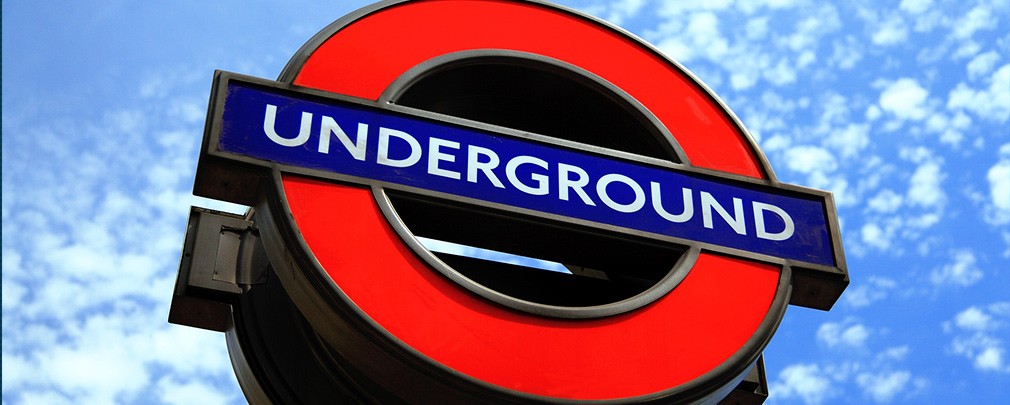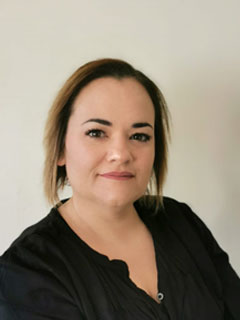
50 facts to share with fellow travellers on your next journey
- An average of 2.7 million Tube journeys are made on the London Underground every day.
- Only three babies have ever been born in the Tube. The first was in 1924, the second in 2008 and the third in 2009.
- The busiest station is Oxford Circus, which is used by more than 98 million passengers per year.
- During the three-hour morning peak period, Waterloo Station is busiest, with around 50,000 people crossing the platform.
- The Underground employs approximately 19,000 people.
- In 1987, smoking in the stations and trains was banned for a six-month trial period. The ban was made permanent that year, after a discarded match started the King’s Cross fire, killing 31 people.
- The London Underground is the third busiest metro system in Europe, after Moscow and Paris.
- There are 64 lifts in the system.
- The deepest station, Hampstead (58.5 metres below ground), also has the deepest lift shaft, descending 55.2 metres.
- The largest Tube car park is at Epping with 599 parking spots.
- The average speed on the Underground is 33km per hour, including station stops.
- You’ll find three Tube stations on the Monopoly board: Liverpool Street Station, King’s Cross and Marylebone.
- The longest single journey on one train is the 54.5 km trip between West Ruislip and Epping on the Central Line.
- The record for visiting all the stations on the London Underground network – known as the Tube Challenge – is currently held by Ronan McDonald and Clive Burgess. The pair completed the challenge in 16 hours, 14 minutes and 10 seconds on 19 February 2015.
- Filming takes place in many places in the Underground system, but the most common locations are Aldwych, a disused Tube station that was formerly on the Piccadilly Line. The non-operational Jubilee Line complex in Charing Cross is also a popular choice.
- One of the levels in Tomb Raider 3 is set in the Aldwych station and sees Lara Croft killing rats.
- In Harry Potter, Dumbledore has a scar shaped just like the London Underground map on his knee.
- There are many reports of the London Underground being haunted. One of the most famous haunting stories is the story of Anne Naylor, murdered in 1758. She is said to haunt Farringdon Station, with passengers reporting hearing blood-curdling screams as the last train leaves.
- In cockney rhyming slang, the London Underground is known as the Oxo (Cube/Tube).
- There are only two Tube station names that contain all 5 vowels – “Mansion House” and “South Ealing”.
- The oldest underground line in the world is the Metropolitan line, which opened on 10 January 1863.
- The first escalator was introduced at Earls Court in 1911.
- Baker Street is the station with the most platforms, at 10.
- The shortest escalator on the Tube system, with only 50 steps, is at Chancery Lane.
- Julian Lloyd Webber is rumoured to have been the London Underground’s first official busker.
- Almost 60% of the London Underground is actually above ground.
- Out of the 287 stations, only 29 are south of the river Thames.
- One of the female automated voice announcers is called Sonia – rumour has it it’s because her voice “gets on yer nerves.”
- Edward Johnston designed the font for the London Underground in 1916 and it is still in use today.
- Each of the 400+ escalators travel the equivalent of two round-the-world trips every week.
- Amersham is not only the most westerly station on the Tube, but it is also the highest, at 150 meters above sea level.
- Harry Beck designed the Tube map in 1933 and was paid only five Guineas for his work. His design still forms the basis of today’s Tube map.
- The mosquitoes in the Underground have been said to have evolved into a completely different species to those that live above ground.
- A few stations don’t have buildings above the ground – these include Regent’s Park, Piccadilly Circus, Hyde Park Corner and Bank.
- The air in the underground is on average 10 degrees Celsius hotter than the air on the surface.
- On the Metropolitan line, trains can reach over 96kph.
- The shortest distance between two adjacent stations on the underground network is only 260 metres, with the journey between taking only about 20 seconds.
- The longest journey without change is on the Central Line from West Ruislip to Epping, and is a total of 55km
- Anthea and Wendy Turner author “Underneath the Underground”, a series of children’s books about mice living on the Tube.
- The TARDIS from Dr. Who can be found outside Earl’s Court station.
- In 2001, a fragrance called “Madeleine” was introduced to some stations. The idea was to give the Tube a pleasant, floral scent. It was discontinued within two days after numerous complaints from people saying it made them feel ill.
- In January 2005, the Underground announced that it would play classical music at stations that had problems with loitering youths. A trial showed a 33% drop in abuse against Tube staff.
- The Jubilee Line was named in honour of Queen Elizabeth’s Silver Jubilee in 1977, but did not open until 1979.
- Aldgate station is built on a massive plague pit, where more than 1,000 bodies were buried in 1665.
- The District Line serves 60 different stations; Piccadilly Line serves 52 and the Northern and Central Lines serve 51 and 49 stations respectively.
- Tube trains travelled 76.4 million kilometres in 2015.
- The tunnels beneath the City curve significantly because they follow its medieval street plan.
- The Underground name first appeared on stations in 1908.
- The phrase “Mind the Gap” originated on the Northern Line in 1968.
- Wildlife seen in the Tube network includes woodpeckers, deer, sparrowhawk, bats, grass snakes, great crested newts, slow worms.
